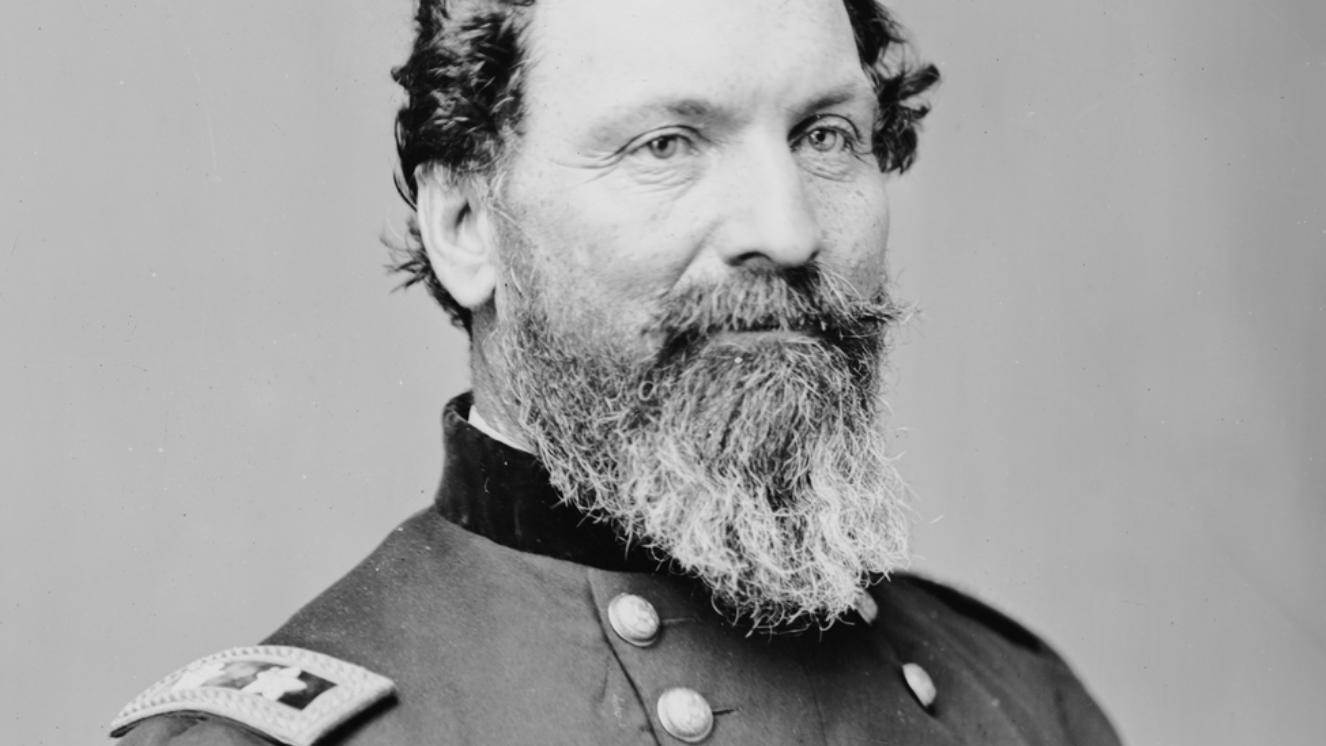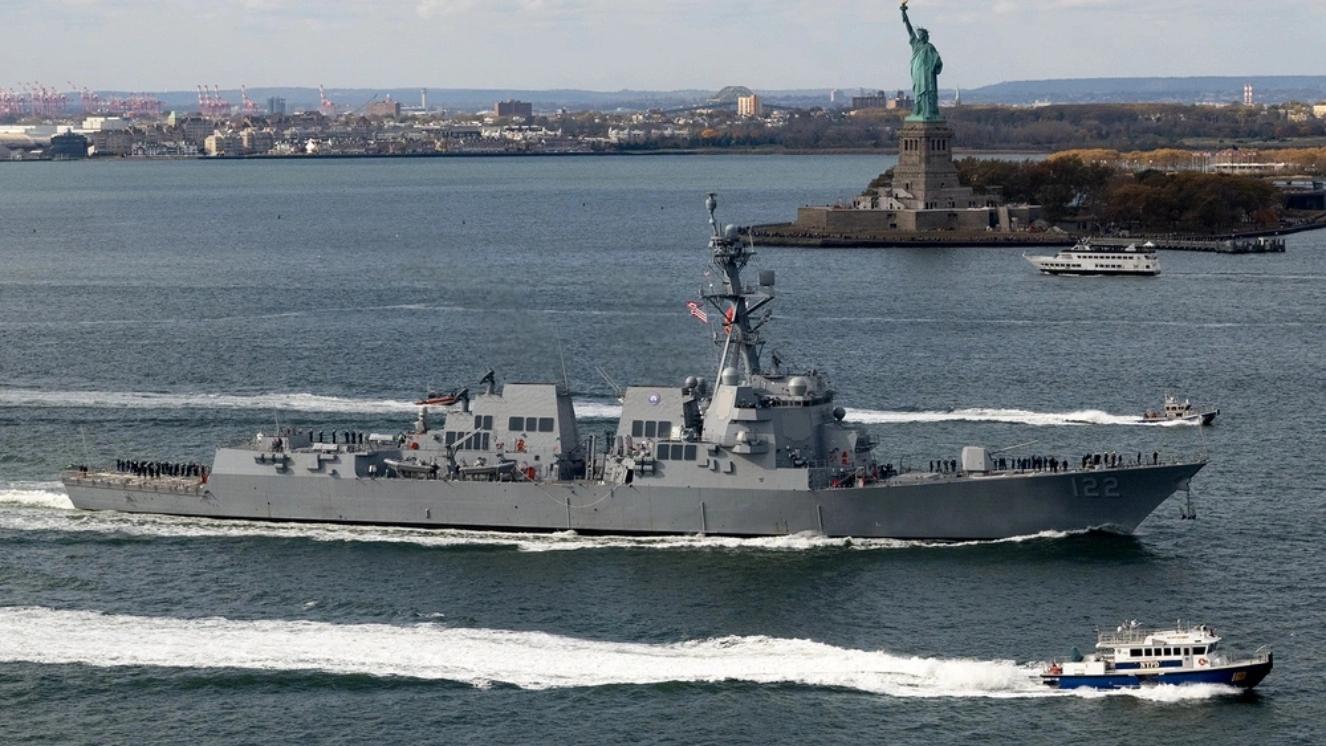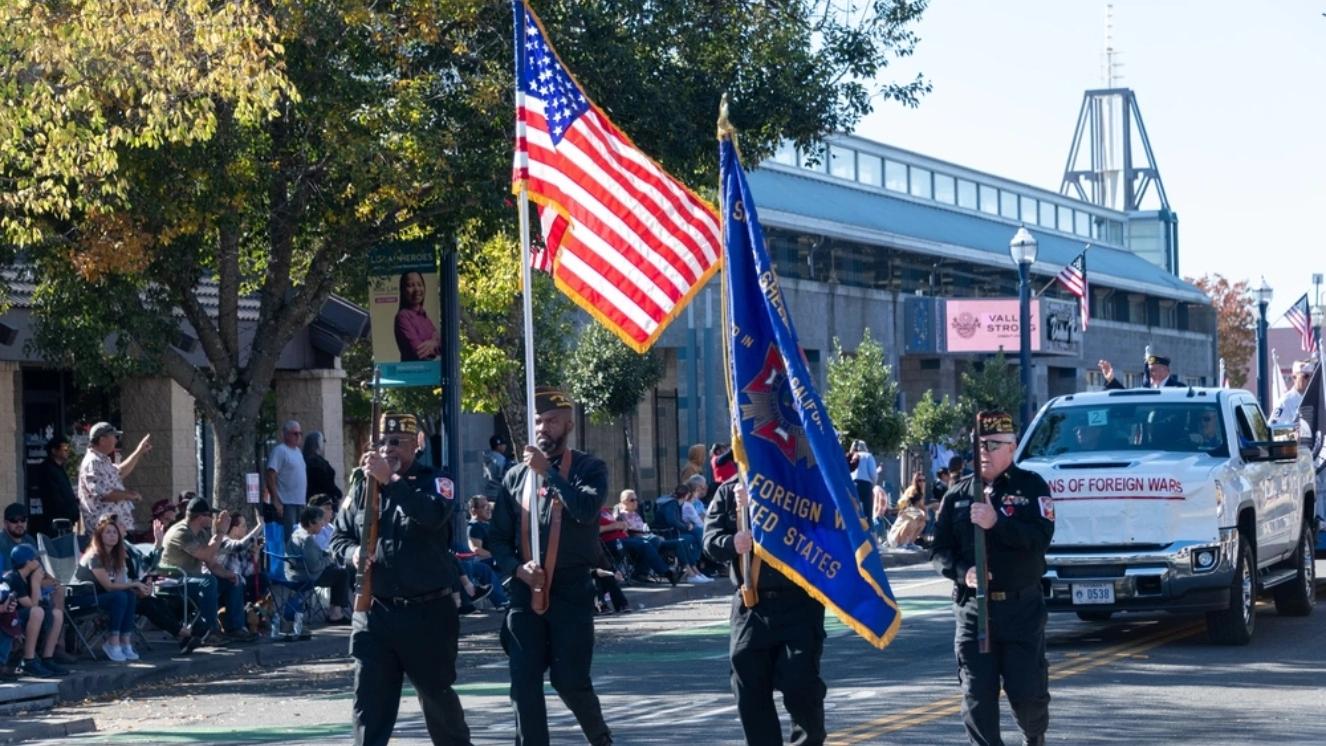HAROLD GILLIES CHANGED THE FACE OF PLASTIC SURGERY, SAVING TROOPS

What do you think about when you consider the idea of plastic surgery? If improving the mental and physical health of our nation’s troops didn’t come to mind first, we wouldn’t blame you. The procedure is largely associated with elective surgeries aimed at vanity rather than preserving mental or physical health, but modern plastic surgery is rooted in assisting troops. Harold Gillies is the man responsible for modern takes on plastic surgery. But before anyone was flying down to Brazil, Dr. Harold Gillies was developing techniques that would help troops returning from World War I and World War II who faced disfigurements as a result of the harsh battle conditions. Read next:How To Apply for VA Disability & What You Need To Know
What Did Sir Harold Gillies Invent?
Harold Gillies helped lay the foundation of modern plastic surgery techniques. The New Zealand native created his technique during World War I and World War II, which would focus on helping troops who suffered facial injuries as a result of service. The birth of plastic surgery would see many different inventions and techniques thanks to Sir Harold Gillies, the plastic surgeon. His most notable contribution to helping troops would be the tube pedicle. This technique would take healthy tissue from a piece of skin, often the patient’s chest or forehead, to help reconstruct facial tissue. The flap would be attached to a tube, and this helped reduce the possibility of infection and improve blood flow. Additional techniques were performed on Harold Gillies’s patients, and his conceptions and inventions for surgical instruments would help improve the field. His overall contributions didn’t just lay the framework for what is done today, but in some cases, they remain a standard for others to follow. Gillies would also convince England’s army's chief surgeon, William Arbuthnot-Lane, to establish a facial injury ward at the Cambridge Military Hospital. At a time when mental health resources weren’t as widely available, this was a way to help a struggling community. Often, troops who had served in either WWI or WWII would return home to find the injuries they sustained had vastly altered their appearance. This would cause negative mental health effects and ultimately lead to suicides. But as Gillies worked to modernize the practices, new hope began to unfold. Harold Gillies's plastic surgery of the face would help save the lives of those affected and inspire the medical community to continue to improve techniques for future wars.
His Methods Were Used To Help the Mental and Physical Health of Troops
Dr. Harold Gillies would take on the task of liberating the face and soul of Soldiers through the innovations of plastic surgery in World War II. Because of the advancements in both artillery and chemical warfare, many troops would face severe burns and damaged skin. The new techniques and innovations from Gillies would inspire surgeons and medical assistants during WWII to develop things further and assist troops with new treatments. Not only did this help the physical side of things, but it helped with the mental issues that can come along with disfigurement. A pioneering hospital here in the U.S. to assist with such injuries was Valley Forge General Hospital in Phoenixville, Pennsylvania. It was here that a variety of healthcare procedures for military personnel were available, including eye surgery, maxillo-facial surgery (jaw reconstruction), and, of course, plastic surgery. The popularity of the facility would spread throughout the military community. Among those were troops facing a variety of injuries ranging from burns to missing jaws and other disfigurements. This would set in motion the idea of plastic surgery in the U.S. to help treat troops with injuries sustained from service.
How Did Harold Gillies Improve Medicine?
In the medical world, Dr. Harold Gillies drastically improved the fields of plastic and reconstructive surgeries. His techniques would set in motion a variety of procedures and would inspire doctors from around the world with new ways to treat those returning from war. Plastic surgery and the military continue to be connected, as procedures are used today for the same reasons they were back then. Boosting the self-esteem and function of troops facing such injuries is a great way to the improve quality of life and the mental and physical health of this nation’s heroes. Harold Gillies, in many ways, was a hero himself. Suggested read:What Is the Back Pain VA Rating and Can You Get Compensated?
Image: The Collection of British Association of Plastic, Reconstructive and Aesthetic Surgeons
TAGS:



